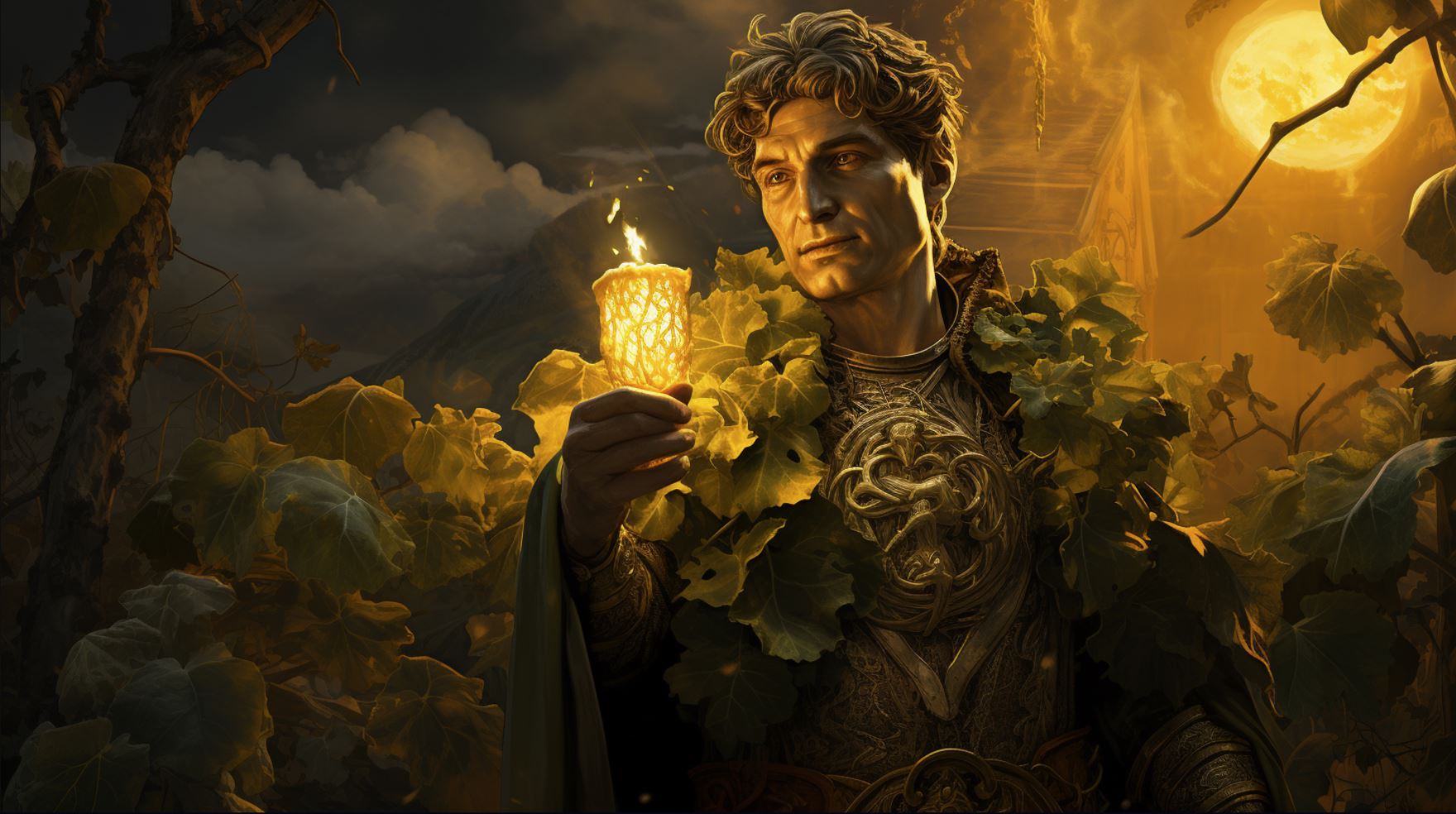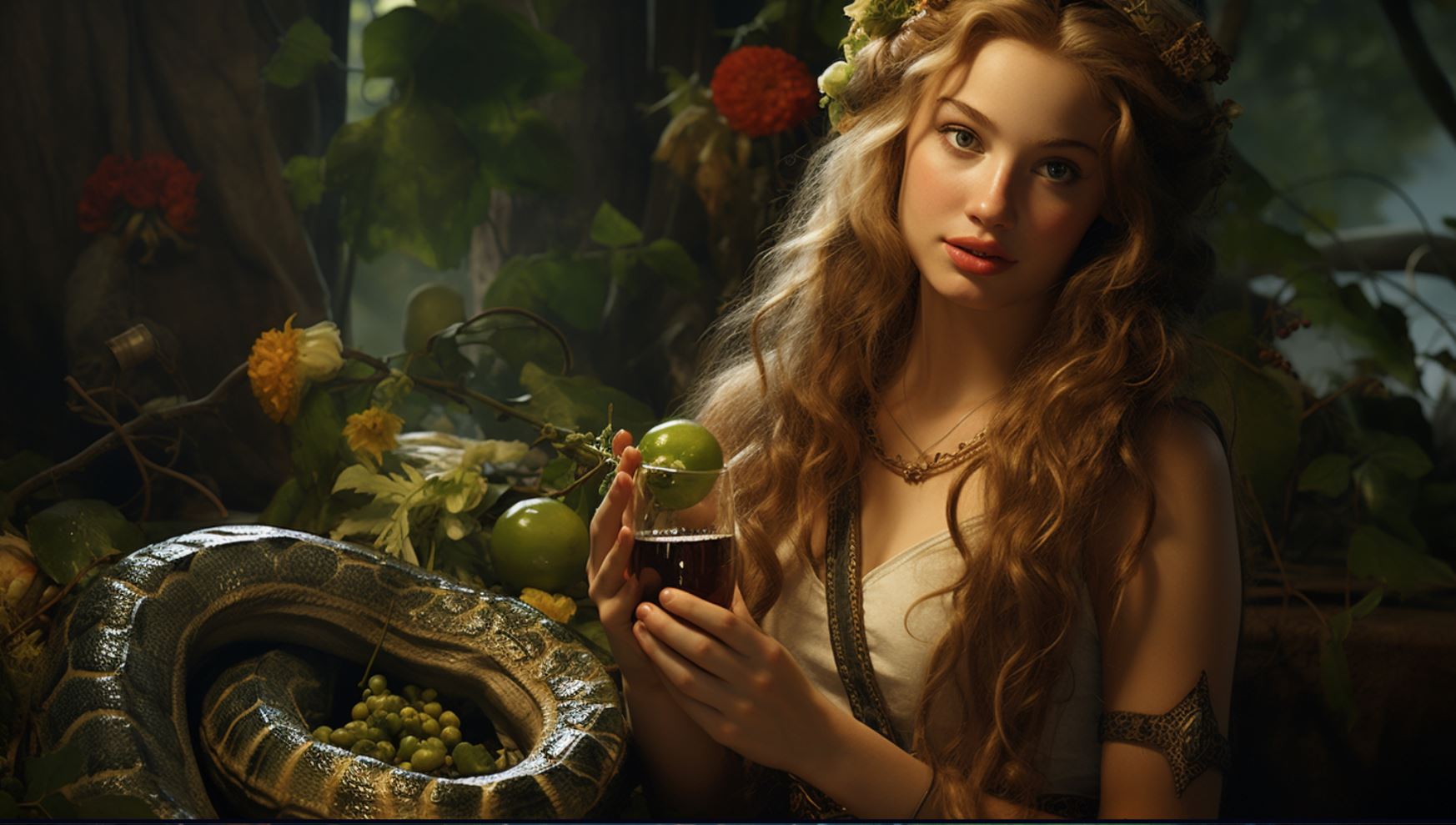Sequana Goddess: Unveiling the Mysteries of the Gall-Roman River Deity

Sequana Goddess holds a significant role in Gaul-Roman religion as the deity of the River Seine and the springs in the Plateau de Chatillon. The Archaeological Museum in Dijon houses a bronze statue depicting Sequana standing in a duck boat, carrying a ball in the duck’s beak and wearing a diadem.
The Sequani tribe, inhabitants of the Saone river basin, Doubs valley, and Jura mountains, were followers of the goddess. This article explores Sequana’s mythology, rituals, healing practices, and the importance of preserving water resources.
Sequana Goddess: Unveiling the Gall-Roman River Deity
The realm of Gaul-Roman religion comes alive with the enigmatic presence of the Sequana Goddess. As we delve into the rich tapestry of her mythology, rituals, and beliefs, a world of ancient wonder and reverence unfolds.
Let us embark on an exploration of the mythical figure of Sequana, the significance of her role as the Goddess of the River Seine, the sacred springs and healing sanctuary of Fontes Sequanae, and the religious beliefs and practices of Gallo-Roman society.
The Mythical Figure of Sequana in Gaul-Roman Religion
In the pantheon of Gaul-Roman deities, Sequana stands as a captivating and influential figure. She embodies the divine essence of the River Seine and the mystical Plateau de Chatillon springs. Beloved by her followers, the Sequani tribe, Sequana held a sacred place in their hearts and rituals.
Her representation in the form of a bronze statue at the Archaeological Museum in Dijon serves as a testament to her enduring worship.
The Significance of Sequana as the Goddess of the River Seine
Sequana’s dominion over the River Seine extends beyond mere geographical boundaries.
She symbolizes the life force that flows through these waters, nurturing not only the land but also the souls of those who revere her. The River Seine became a conduit for spiritual connection and a source of inspiration, invoking Sequana’s blessings upon the people.
The Sacred Springs and Healing Sanctuary of Fontes Sequanae
In the hallowed grounds of Fontes Sequanae, a sanctuary of healing emerged as a testament to Sequana’s divine benevolence. Pilgrims sought solace and restoration in the healing waters, leaving behind carved sculptures of body parts as offerings of gratitude for Sequana’s gift of healing.
The sacred springs became a nexus of hope and faith, drawing seekers from far and wide.
The Religious Beliefs and Practices of Gallo-Roman Society
Gallo-Roman society, deeply rooted in animistic beliefs, held a profound reverence for the natural world. It was within this intricate tapestry of faith that the Druids, paramount figures of religious significance, imparted their wisdom and guidance.
The connection between Sequana and the concepts of life, youth, health, and luck intertwined intricately with the Gallic spiritual fabric, shaping their religious practices and providing solace in uncertain times.
- Animistic Beliefs and the Role of Druids
- Sequana’s Connection to Life, Youth, Health, and Luck
Rituals and Traditions Associated with Sequana Goddess
Exploring the rich cultural heritage of the Sequana Goddess, we delve into the fascinating rituals and traditions that have been associated with her worship.
These practices offer us insight into the beliefs and ways of life of the Gallo-Roman society.
Symbolic Rituals: Toy Boat Launching and Floating Rubber Ducks
One of the symbolic rituals devoted to Sequana involves the launching of toy boats with lit candles in rivers or ponds. This act, often performed by children, serves as a representation of joy and wishes for good fortune.
A delightful tradition cherished in France, it echoes the reverence for Sequana as the goddess of rivers and water sources.
In a similar vein, another way to honor Sequana is by recreating this ritual of floating rubber ducks in the comfort of your own bathtub.
This simple gesture serves as a connection with the deity and invokes her blessings, promoting feelings of joy, well-being, and harmony.
Strengthening Sequana’s Powers: Herbal Baths and Infusions
To strengthen the powers attributed to Sequana, one can incorporate various herbs known for their associations with healing and vitality. Adding herbs such as sage, rosemary, allspice, fennel, or ginger to a bath or preparing a herbal infusion can be employed as part of a ritual aimed at invoking Sequana’s healing and protective energies.
- Sage: Known for its cleansing properties, sage is believed to have the ability to ward off negative energies and promote clarity.
- Rosemary: Long associated with memory and rejuvenation, rosemary’s aromatic qualities are said to aid in mental and physical well-being.
- Allspice: This fragrant spice is thought to bring warmth and vitality, enhancing Sequana’s connection to life and health.
- Fennel: Known for its soothing properties, fennel is often used to promote relaxation and alleviate discomfort.
- Ginger: With its invigorating properties, ginger is believed to improve circulation and vitality, aligning with Sequana’s association with movement.
By immersing oneself in herbal baths or sipping on revitalizing herbal infusions, one can embrace the sacred powers attributed to Sequana, seeking her blessings for renewal, well-being, and harmony in their life.
Sequana Goddess in Healing and Physical Well-being
Sequana Goddess, revered in Gaul-Roman religious practices, holds a significant role in healing and physical well-being. Let us explore the various aspects associated with the goddess, including sacred offerings, sacred animals, and the importance of physical health.
Silver and Gold Offerings for Healing
In ancient times, the followers of Sequana would make offerings to seek healing. These offerings often included objects made of silver and gold, representing different parts of the body that required healing.
By presenting these precious metals to the goddess, they believed Sequana would grant them physical well-being.
Sequana’s Sacred Animals: Ducks and Waterfowl
Ducks and waterfowl hold a special significance in the worship of Sequana. Believed to be her sacred animals, these creatures symbolize the connection between Sequana and the healing powers of water.
Their presence in the religious beliefs of the Gauls signifies the importance of water in physical health and well-being.
Importance of Physical Health and Sequana’s Presence in Life
Sequana’s association with healing emphasizes the significance of physical health in one’s life. The followers of the goddess recognized the importance of maintaining a balanced and healthy body. Sequana’s presence served as a reminder to prioritize physical well-being, seeking her blessings for vitality and strength.
Incorporating Sequana’s teachings and practices into our lives can facilitate a deeper understanding of the connection between physical health and spirituality. By honoring the goddess, seeking her healing powers, and adopting a holistic approach to well-being, we can strive towards a healthier and more fulfilling life.
Preserving Earth’s Water Resources and Supporting Sequana
As we embrace the mystique and significance of the Sequana Goddess, it is crucial to acknowledge our responsibility in preserving the Earth’s water resources. By doing so, we not only protect the natural habitats of water-loving creatures but also ensure the continuity of the healing powers attributed to Sequana.
Inclusive Call to Donate for the Sequana Goddess Website
Supporting the Sequana Goddess community goes beyond mere appreciation; it involves contributing to the sustainability of online resources that educate and raise awareness about Gallo-Roman traditions and the importance of water conservation.
Consider making a donation to the Sequana Goddess website, enabling the continuation of valuable research, content creation, and community engagement.
Encouraging Sustainability and Environmental Protection
Preserving the sanctity of Sequana’s connection to water necessitates a broader commitment to sustainability and environmental protection. Let us join forces to advocate for clean water initiatives, waste reduction, and responsible consumption practices.
By actively engaging in these endeavors, we can honor Sequana’s sacred representation and ensure a healthier planet for future generations.
Acknowledging Sequana as a Patroness of Healing and Preservation
Recognizing Sequana as a patroness of healing and preservation reaffirms our commitment to accessing and safeguarding Earth’s vital resources. By embracing Sequana’s principles of physical and spiritual well-being, we can inspire others to prioritize the protection of water bodies, ecosystems, and all forms of life that depend on them.
Sequana serves as a symbol of unity, urging us to cherish and nurture the interconnectedness of the natural world.
.




















